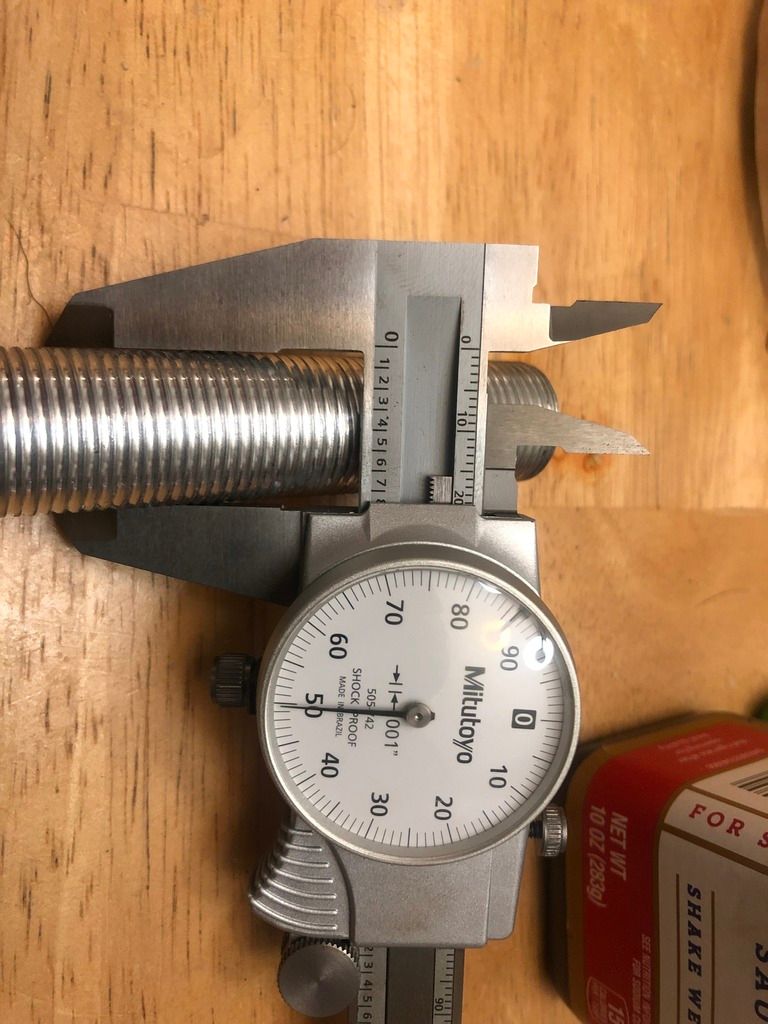Mau5trap91
Plastic
- Joined
- Jan 18, 2019
I had another thread I started when I was getting the play out of the bearings on my hendey but I ran into another question when I installed a vfd that I haven’t been able to find the answer to. I have a slight “backlash” in the feed handle that doesn’t seem to effect anything when I go from forward to reverse with auto feed but my threads don’t match up when I run the carriage back after a cut. My question is does the handle directly control engagement to the lead screw keyway or is that little bit of play just affecting hand control and there is something I’m missing about reversing out of threads.
Other than the threading issue I’ve been having a great time running from the vfd using the largest cone pulley. Made a few parts and a lot of experimental pieces and have learned a lot.
Serial number is 23661.
Other than the threading issue I’ve been having a great time running from the vfd using the largest cone pulley. Made a few parts and a lot of experimental pieces and have learned a lot.
Serial number is 23661.


